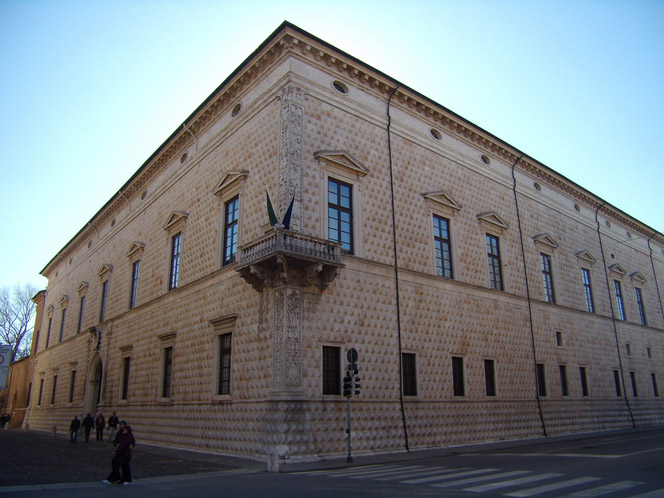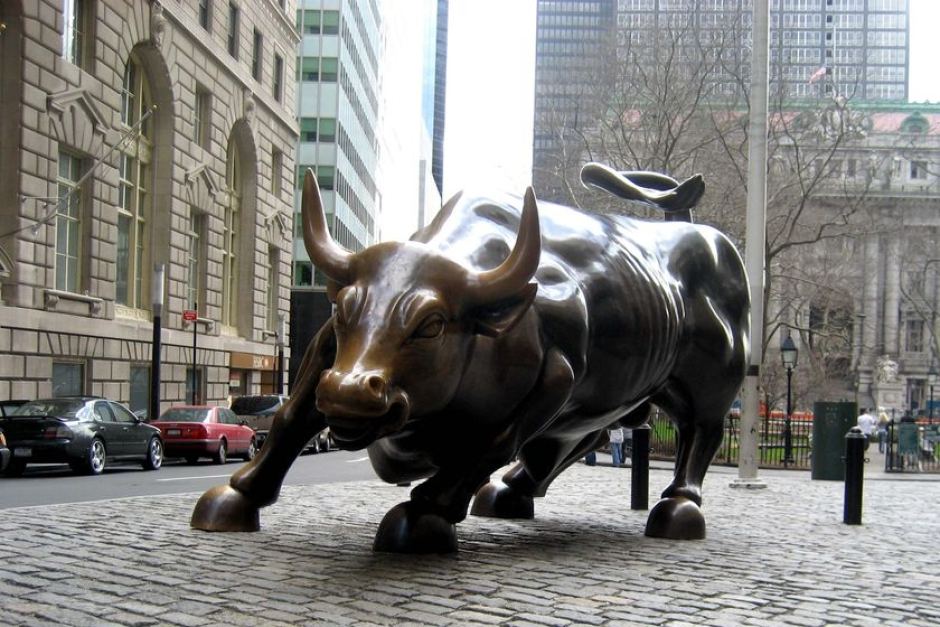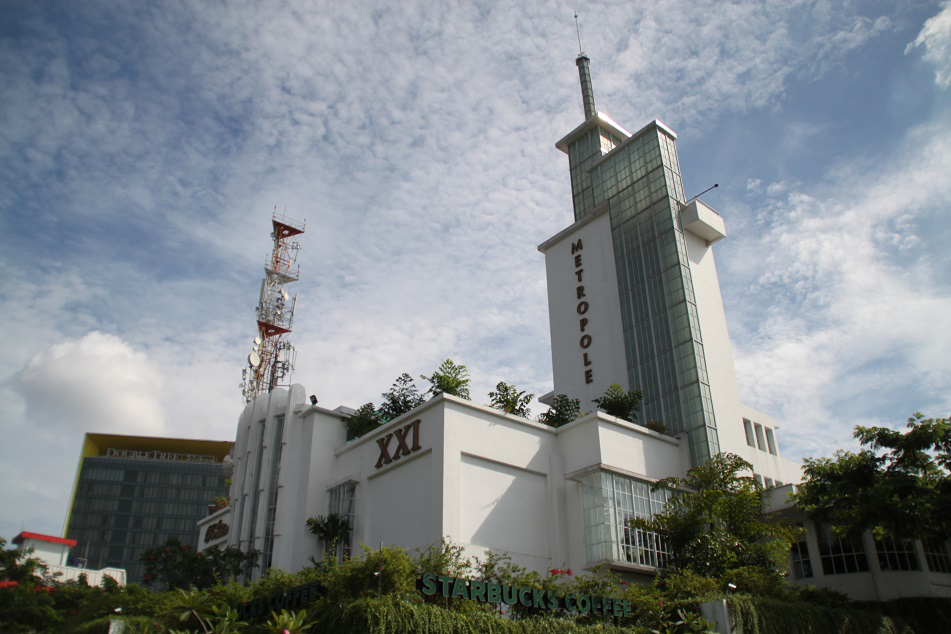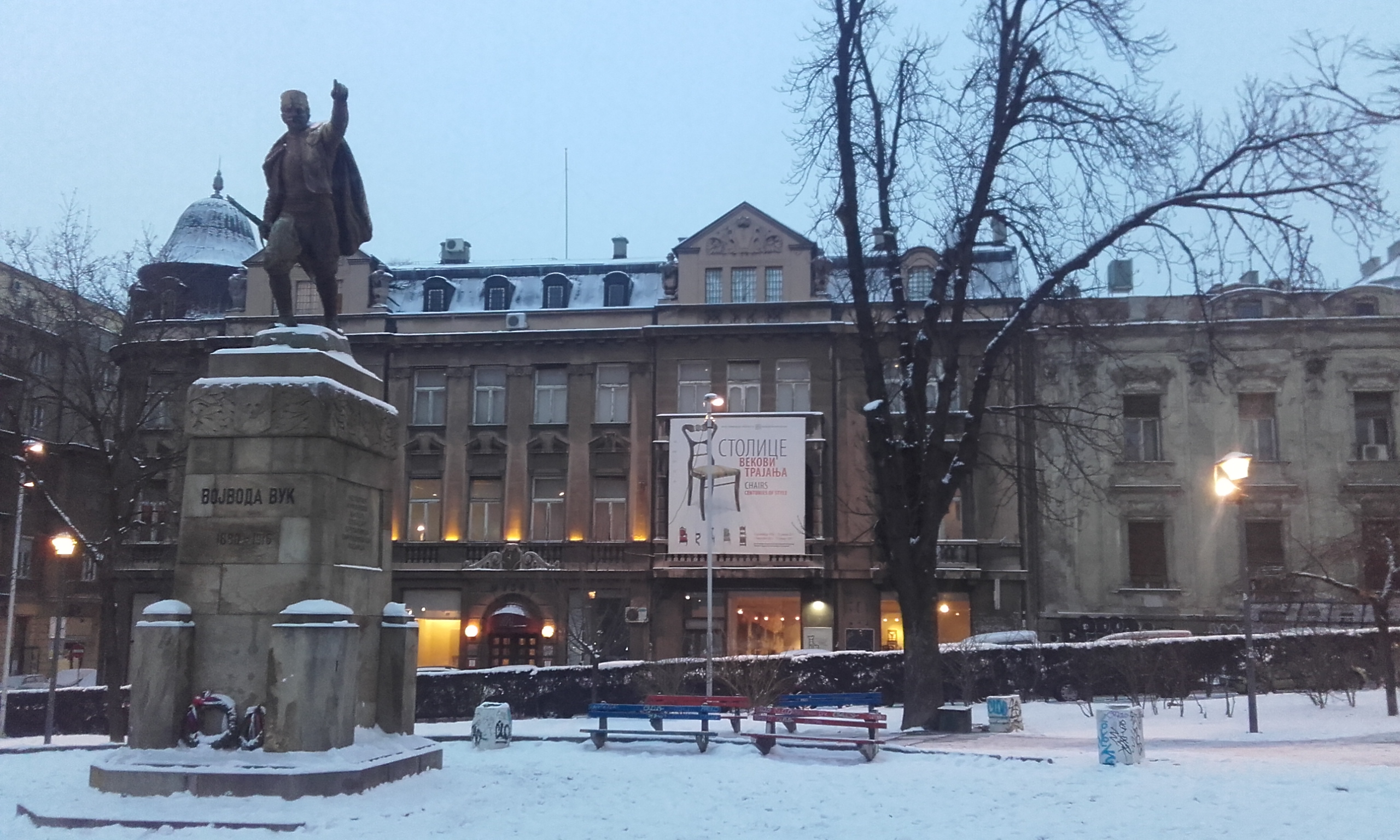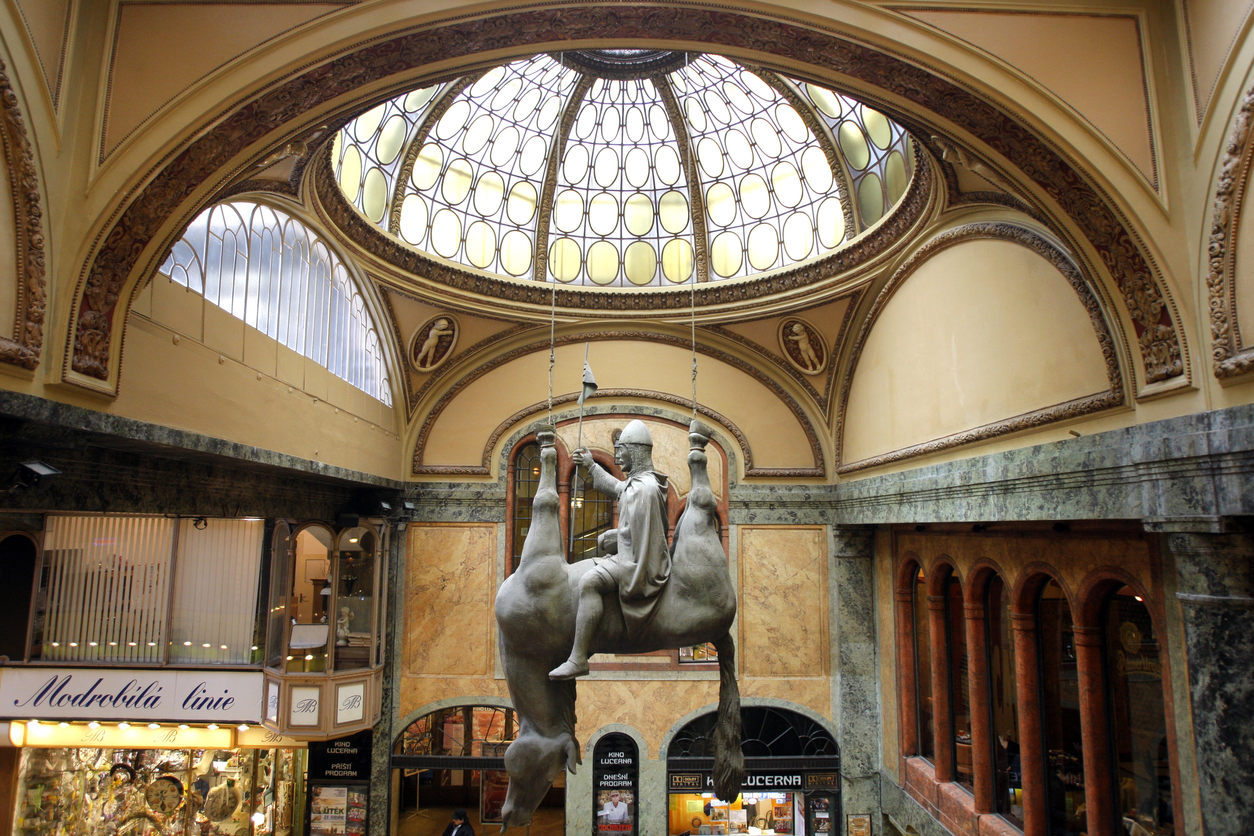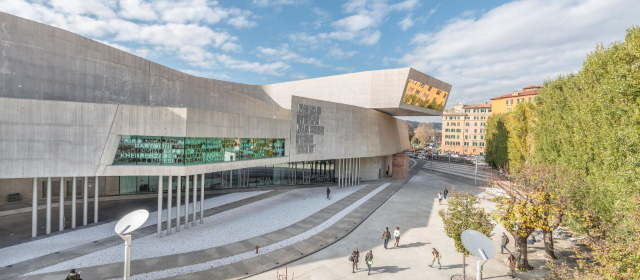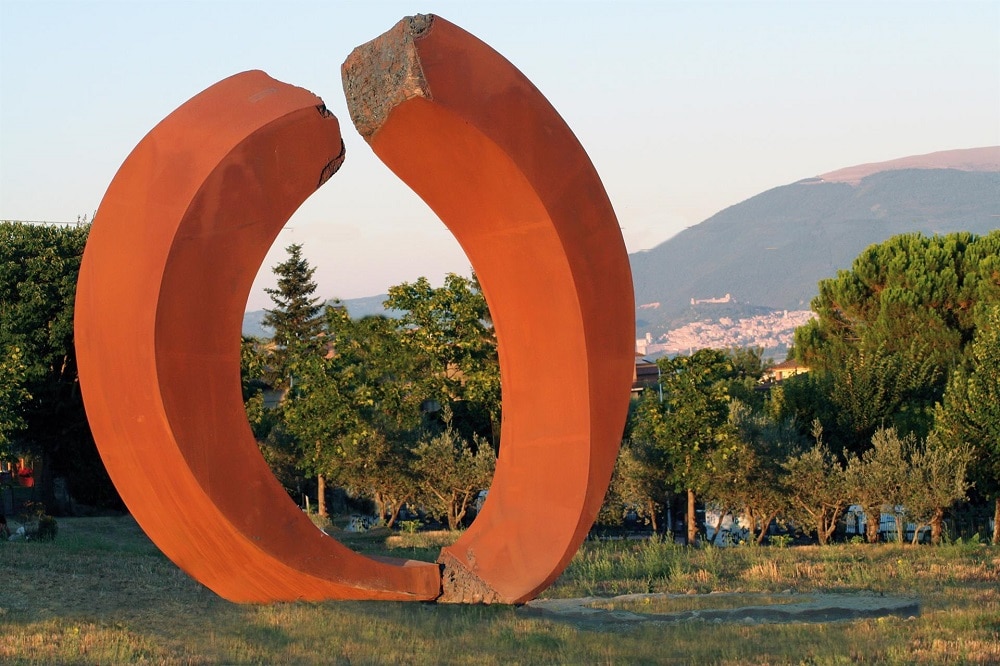Ferrara occupies a special place among the courts that in the humanistic and renaissance period populated the Po Valley. The centuries of the Estense seigniory developed the city from the original medieval plan according to the new rational and prospective criteria that became a point of reference from the 15th century onwards.
The city hosts a court where cultural interests are wide and articulated, and this is demonstrated by the patronage work carried out by the Estensi in favour of intellectuals, writers, theatre men and artists of great prestige.
As evidence of a great period for Ferrara’s art, the Pinacoteca Nazionale di Ferrara preserves or offers visitors a significant review of the paintings produced in the city from the 13th to the 18th century, making it one of the attractions to visit during a trip to the city.Housed on the main floor of Palazzo dei Diamanti, in the rooms including the magnificent hall of honour and the sixteenth-century apartment of Virginia de’ Medici, the Pinacoteca Nazionale di Ferrara offers a significant review of painting in Ferrara from the 13th to the 18th century: from the great cycles of medieval frescoes from the churches of San Bartolomeo and Sant’Andrea, to the seventeenth-century paintings by Scarsellino, Carlo Bononi and Guercino, to the sketches by Gandolfi and Crespi. There is a remarkable collection of 15th century paintings, from the precious masters of the late Gothic to Cosmè Tura, Ercole de’ Roberti and the other creators of the Ferrara Workshop, alongside foreign artists such as Gentile da Fabriano, Mantegna and Carpaccio. Part of the collections since the establishment of the Pinacoteca in 1836 is the series of sixteenth-century altarpieces from the city’s churches, including numerous works by Garofalo – one of the best followers of Raphael in northern Italy – the imposing Polittico Costabili, executed by the latter in collaboration with the Giorgio Dosso Dossi and the dramatic paintings by Bastianino, which marks the end of the Este period in Ferrara.
